Black pepper creates a sharp, fleeting bite while chili peppers cause a burning sensation that lingers - and the science explains why. Black pepper's piperine activates TRPA1 receptors (responsible for wasabi-like sharpness) which reset within seconds, while chili capsaicin triggers TRPV1 receptors (heat/pain sensors) that remain activated for minutes. This fundamental difference explains why milk helps with chili burn but does nothing for black pepper's bite. Understanding these biochemical distinctions transforms how you season dishes for perfect flavor balance.
Whether you're substituting peppers in recipes or seeking precise heat control, knowing how these compounds interact with your sensory system prevents culinary mistakes. This guide delivers the scientific explanation you need to make informed seasoning decisions, with practical cooking applications derived from receptor-level understanding.
Key Takeaways
- Black pepper's piperine activates TRPA1 receptors (sharpness) while chili capsaicin triggers TRPV1 (burning)
- Milk neutralizes chili burn (via casein binding capsaicin) but doesn't affect black pepper's bite
- White pepper isn't just de-skinned black pepper - its fermentation creates different flavor compounds
- For maximum nutrient absorption, add black pepper to turmeric-based dishes in the final cooking minutes
- Capsaicin tolerance comes from receptor desensitization, not innate biological differences
Table of Contents
- What Exactly Is Pepper? The Critical Distinction
- The Chemistry Behind the Heat: Receptor-Level Differences
- Black vs. White vs. Green vs. Pink: A Peppercorn Showdown
- Capsaicin & Friends: The Science of Spice Intensity
- Bell Peppers: Sweetness in Every Bite
- Health Benefits: More Than Just Flavor
- Cooking Tips: Maximizing Pepper Power
- Fun Facts You Can Pepper Into Conversation
What Exactly Is Pepper? The Critical Distinction
When most people say "pepper," they usually mean one of two unrelated botanical categories:
- True Pepper (Piper nigrum) – The vine-derived seasoning from Piperaceae family, processed into black, white, or green forms.
- Chili Peppers (Capsicum species) – Nightshade-family fruits producing capsaicinoids, ranging from mild to extreme heat levels.
This fundamental distinction explains why black pepper's sharp bite differs fundamentally from chili heat. True pepper's piperine creates a transient tingling sensation, while capsaicin triggers sustained burning by activating TRPV1 receptors. Recognizing this biochemical divergence prevents recipe failures when substitutions occur.
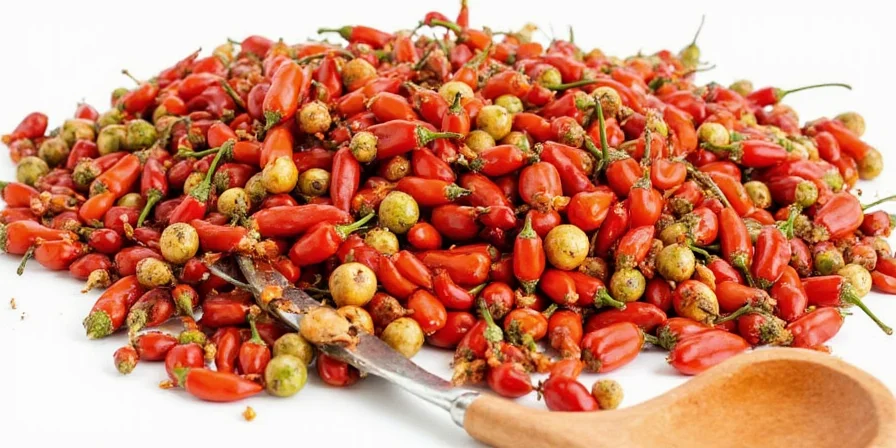
The Chemistry Behind the Heat: Receptor-Level Differences
Pepper sensations originate from specific alkaloid compounds interacting with human sensory receptors:
| Compound | Source | Receptor Target | Sensory Profile |
|---|---|---|---|
| Capsaicin | Chili Peppers | TRPV1 | Delayed onset, persistent burning (30+ seconds) |
| Piperine | Black Pepper | TRPA1 | Immediate sharpness, dissipates in 10-15 seconds |
This receptor specificity explains why milk (casein) neutralizes chili burn but does nothing for black pepper's bite. Understanding these mechanisms allows precise heat management in recipes.
Black vs. White vs. Green vs. Pink: A Peppercorn Showdown
All true peppercorns derive from Piper nigrum berries at different maturation stages:
- Green Peppercorns: Unripe berries preserved in brine; grassy, herbal notes with subtle heat.
- Black Peppercorns: Sun-dried unripe berries; complex piney aroma with pronounced pungency.
- White Peppercorns: Ripe berries with fruit layer removed; earthy, musty profile with cleaner heat.
- Pink Peppercorns: Schinus molle berries (not true pepper); resinous citrus notes with minimal heat.
Critical insight: White pepper's fermentation process develops volatile sulfur compounds absent in black pepper, explaining its distinct compatibility with light-colored sauces where black specks would be undesirable.
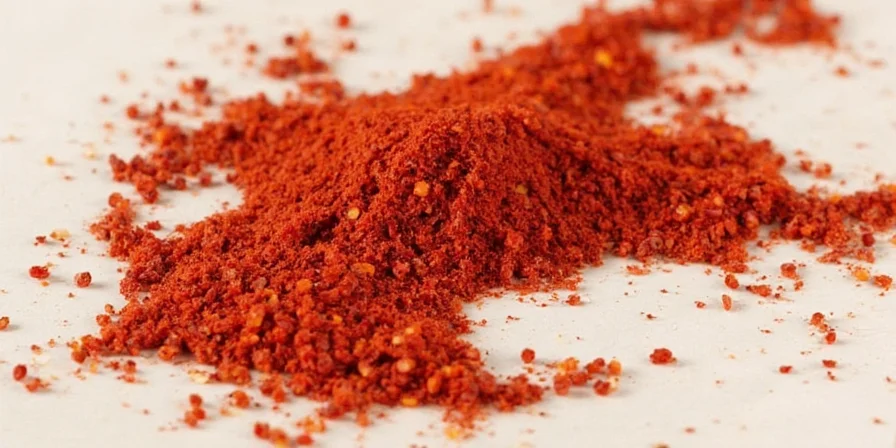
Capsaicin & Friends: The Science of Spice Intensity
Capsaicin constitutes 40-70% of chili heat, but minor capsaicinoids create nuanced sensory profiles:
- Dihydrocapsaicin – Contributes 20% heat with longer duration
- Nordihydrocapsaicin – Mild heat with rapid dissipation
- Homodihydrocapsaicin – Adds floral undertones to heat
Modern analysis reveals that perceived heat intensity depends on capsaicinoid ratios, not just Scoville units. For example, habaneros (100,000-350,000 SHU) often feel hotter than cayennes (30,000-50,000 SHU) at equivalent concentrations due to higher dihydrocapsaicin content. This biochemical complexity explains why Scoville ratings alone fail to predict actual culinary heat impact.

Bell Peppers: Sweetness in Every Bite
Bell peppers represent the non-pungent extreme of Capsicum evolution. Their sweetness profile develops through:
- Accumulation of fructose and sucrose during ripening (red peppers contain 9% more sugar than green)
- Development of volatile esters like 2-isobutyl-3-methoxypyrazine (green notes) versus beta-carotene derivatives (red sweetness)
- Negligible capsaicinoid production due to recessive pun1 gene
Color progression reflects phytochemical changes: green (high chlorophyll) → yellow (lutein accumulation) → red (lycopene dominance). This biochemical maturation doubles vitamin C content and creates synergistic antioxidant effects absent in unripe stages.
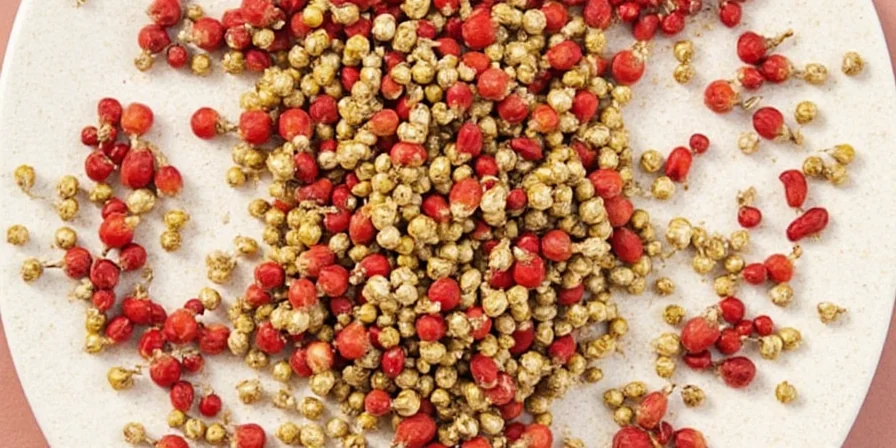
Health Benefits: More Than Just Flavor
Pepper compounds demonstrate measurable physiological interactions:
- Nutrient Enhancement: Piperine increases curcumin bioavailability by 2000% through inhibition of hepatic glucuronidation
- Metabolic Activation: Capsaicin triggers transient receptor potential activation, boosting energy expenditure by 50-70 kcal/day
- Antioxidant Synergy: Bell pepper carotenoids show 30% higher cellular uptake when combined with black pepper
- Enzyme Modulation: Capsaicinoids temporarily suppress substance P without neurological damage
These mechanisms operate within culinary doses, though therapeutic applications require concentrated extracts. The key insight: pepper's value extends beyond flavor to functional food chemistry when used intentionally.
Cooking Tips: Maximizing Pepper Power
Apply biochemical principles for optimal results:
- Timing Matters: Add black pepper in last 2 minutes of cooking; piperine degrades at 120°C (248°F) after 15 minutes exposure
- Heat Activation: Toast whole peppercorns at 150°C (302°F) for 90 seconds to develop piperine volatiles without burning
- Oil Solubility: Bloom chili flakes in oil at 80°C (176°F) to extract capsaicinoids efficiently
- Acid Balance: Counteract excessive heat with citric acid (pH 3-4) which denatures capsaicin receptors
- Complementary Pairing: Use black pepper with iron-rich foods; piperine enhances non-heme iron absorption by 30-50%
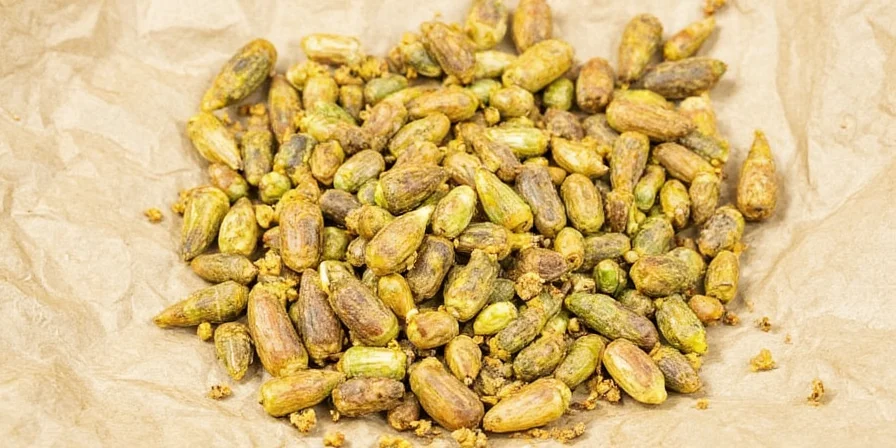
Fun Facts You Can Pepper Into Conversation
- Black pepper's pungency evolved as a mammal deterrent while birds (pepper seed dispersers) remain unaffected by piperine
- Bell peppers contain trace capsaicinoids (0.1-0.3 ppm) detectable only by analytical instruments, not human taste
- Pepper spray concentration (0.18-2.0% capsaicin) is 10-100x higher than even Carolina Reaper peppers
- The "afterburn" from chilies results from capsaicin's slow dissociation from TRPV1 receptors (half-life: 8-12 minutes)
- Piperine was first isolated in 1819, making it one of the earliest characterized alkaloids
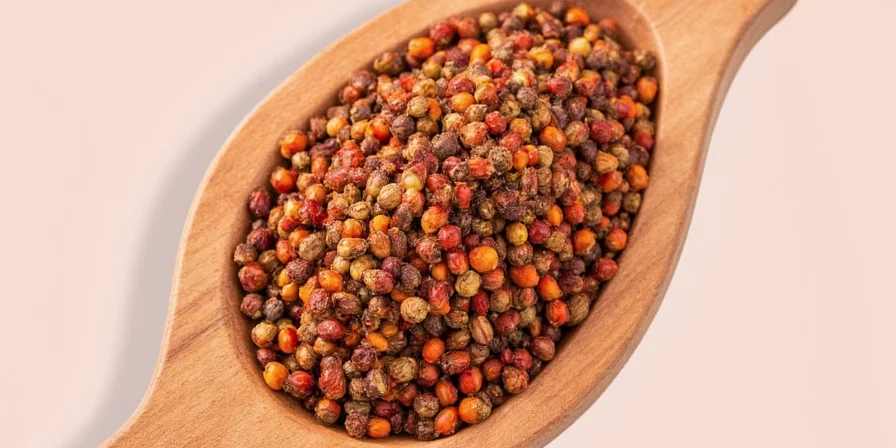
Frequently Asked Questions
Why doesn't black pepper cause the same burning sensation as chili peppers?
Black pepper's piperine activates TRPA1 receptors (responsible for wasabi-like sharpness) which reset within seconds, while chili capsaicin triggers TRPV1 receptors (heat/pain sensors) that remain activated for minutes. This fundamental receptor difference creates distinct sensory experiences.
Can I substitute white pepper for black pepper in all recipes?
Only in specific applications. White pepper's fermented profile works in creamy sauces where visual specks are undesirable, but lacks black pepper's complex volatile compounds. Substitution alters flavor balance - use 25% less white pepper due to its cleaner heat profile.
Does cooking destroy pepper's health benefits?
Piperine degrades significantly after 15 minutes at 120°C, but capsaicin remains stable up to 160°C. For maximum benefit, add black pepper late in cooking while chili heat compounds withstand prolonged simmering. Bell pepper nutrients actually increase bioavailability when cooked.
Why do some people tolerate spicy food better than others?
Tolerance depends on TRPV1 receptor desensitization through repeated exposure, not innate biological differences. Regular consumers develop temporary neural adaptation that resets after 2-4 weeks without exposure. Genetic variations in receptor density account for only 15% of tolerance differences.
Understanding pepper's biochemical language transforms casual seasoning into precise culinary science. By recognizing how compound interactions affect flavor release and physiological responses, you gain unprecedented control over dish outcomes. This knowledge bridges ancient spice traditions with modern food chemistry, empowering intentional ingredient use rather than relying on guesswork.
Whether adjusting heat profiles through capsaicinoid awareness or leveraging piperine's nutrient-enhancing properties, these insights move beyond generic tips to provide actionable science for everyday cooking. The next time you reach for that pepper mill, remember you're wielding millennia of evolutionary biology refined through biochemical precision.

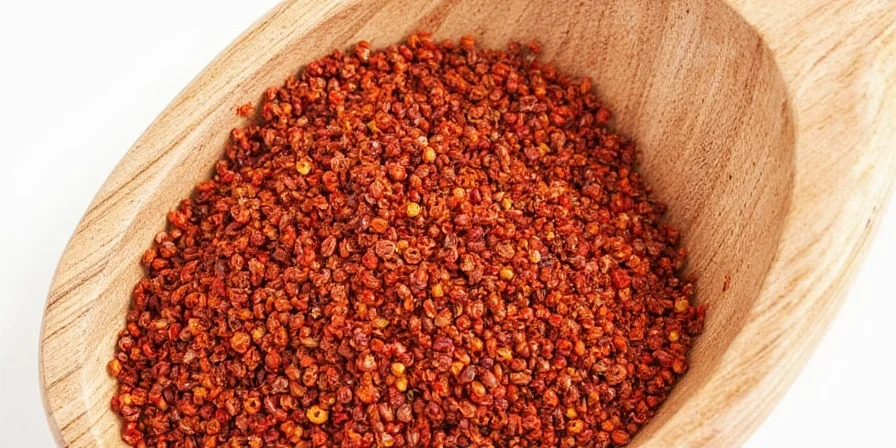









 浙公网安备
33010002000092号
浙公网安备
33010002000092号 浙B2-20120091-4
浙B2-20120091-4